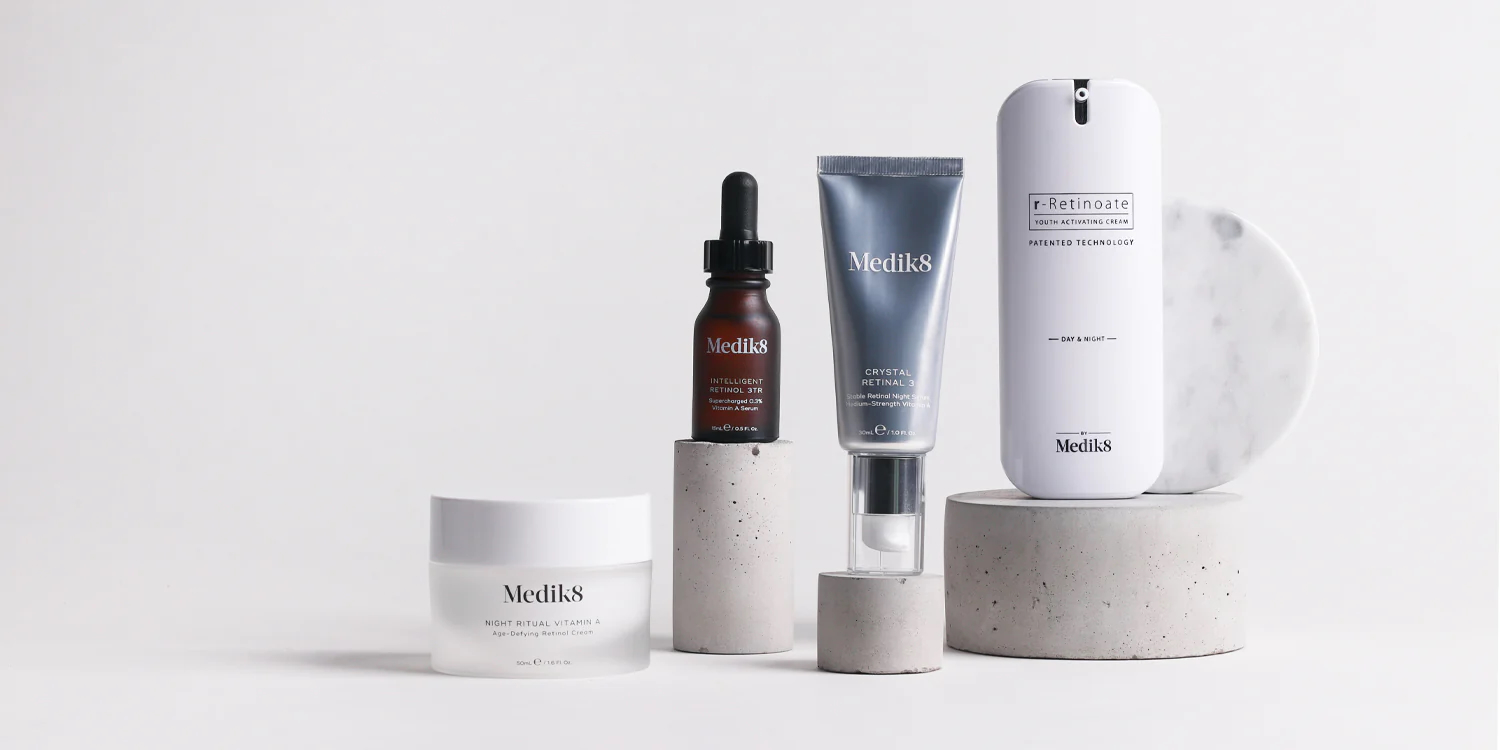
How Inflexion Helped Engineer Medik8’s Historic $1.1B Exit To L’Oréal
Casual observers of the beauty industry were undoubtedly astounded when L’Oréal announced in June it was buying Medik8, a 16-year-old British skincare brand with a great reputation, but hardly Rhode-level frenzy. But those not stuck in social media feeds noticed it had attractive qualities for an acquisition that aren’t always the sexiest: science, staying power and substantial remaining runway.
L’Oréal broadcast the importance of those qualities by paying roughly $1.1 billion for Medik8 in a transaction that gave the brand among the highest valuations in the history of beauty dealmaking. Drew Fallon, co-founder and CEO of AI-powered profit-planning platform Iris Finance and creator of the Substack “Making Cents,” estimates the sales multiple at around 9X based on $115 million in projected 2025 sales. That’s more than double the approximately 4X sales multiple he figures E.l.f. Beauty paid for Rhode.
Inflexion was a behind-the-scenes multiple multiplier. The London-based private equity firm invested under $150 million in Medik8 when the brand was generating some $25 million in sales and $10 million in profit in 2021 and helped orchestrate a precision growth strategy leaning on direct-to-consumer distribution, select key physical and digital retailers (Space NK, John Lewis, Dermstore and Amazon, for example) and careful geographic expansion, particularly to the United States.
In 2024, Medik8’s revenues and earnings before interest, taxes, depreciation and amortization (EBITDA) increased around 50% to about $86 million and $30 million, respectively. This year, the brand is on track for at least 30% sales growth. Inflexion stands to gain in the future from Medik8’s momentum as it’s still a minority shareholder.
Concentrating on Europe, the firm invests between 50 million and 500 million pounds or about $60 million to $640 million for minority and majority positions in companies that have reached a minimum of 10 million pounds or almost $13 million. Earlier this year, it raised $3 billion for a fund that Bloomberg reported is one of the “largest multi-asset continuation vehicles raised in Europe” and will allow it to hold on to assets longer.
Inflexion backs companies in the business and financial services, technology, healthcare, industrial and consumer segments. Within consumer, it has a wide berth, from online marketplaces (Blue Light Card) and personal training (Ultimate Performance) to darts (Nodor) and outdoor clothing (Mountain Warehouse). The firm expects to execute one to three deals a year within consumer subsegments.
Beauty Independent spoke to Tom Pemberton, partner and head of the consumer team at Inflexion, about the path to backing Medik8, the brand’s acceleration, the timing of bringing it to market, sustainability nonnegotiables, Ulta Beauty’s purchase of Space NK, and the state of beauty M&A.
What did you see when you first got involved with Medik8?
We are a generalist private equity fund. We back entrepreneurial businesses growing strongly and support scaling with a focus on digital technology, building out the team, sustainability and internationalization. We’d honed in on skincare in 2016, 2017, particularly science-backed skincare. We mapped the whole market in Europe and spoke to a lot of people.
Medik8 really stood out for the quality of the products, great vertical integration, great values—it was focused on sustainability from the beginning—and a nice go-to-market strategy. It hadn’t expanded aggressively into channels and retailers.
The founder Elliot [Isaacs] and his brother Dan were the driving force behind the business and were well regarded. When we first engaged, the business was quite small, but was building credibility, particularly in the U.K., and had offshoots of success in international markets. In the professional channel, where people know what works, they were happy to recommend Medik8 to clients, and Medik8 was a business that continually came up on the dermatologist side.
We don’t do 10 beauty deals a year. We try and back the best ones. So, we spent three to four years getting to know the business, Elliot and the CEO at the time, Dean Pearson, and building that relationship so that, when Elliot, who was the majority shareholder, was thinking about bringing on an investor to help scale, we were the first people he called. We got the deal done quickly because we had so much conviction around the opportunity.
The business wasn’t a flash in the pan Instagram influencer or celebrity brand. It was a brand that had a diehard long-term following and real reputation. That’s what we want to get behind. There are other investors that might be backing influencer brands. That’s not really what we build. We want to back long-term winners, and we thought that was the case with Medik8.
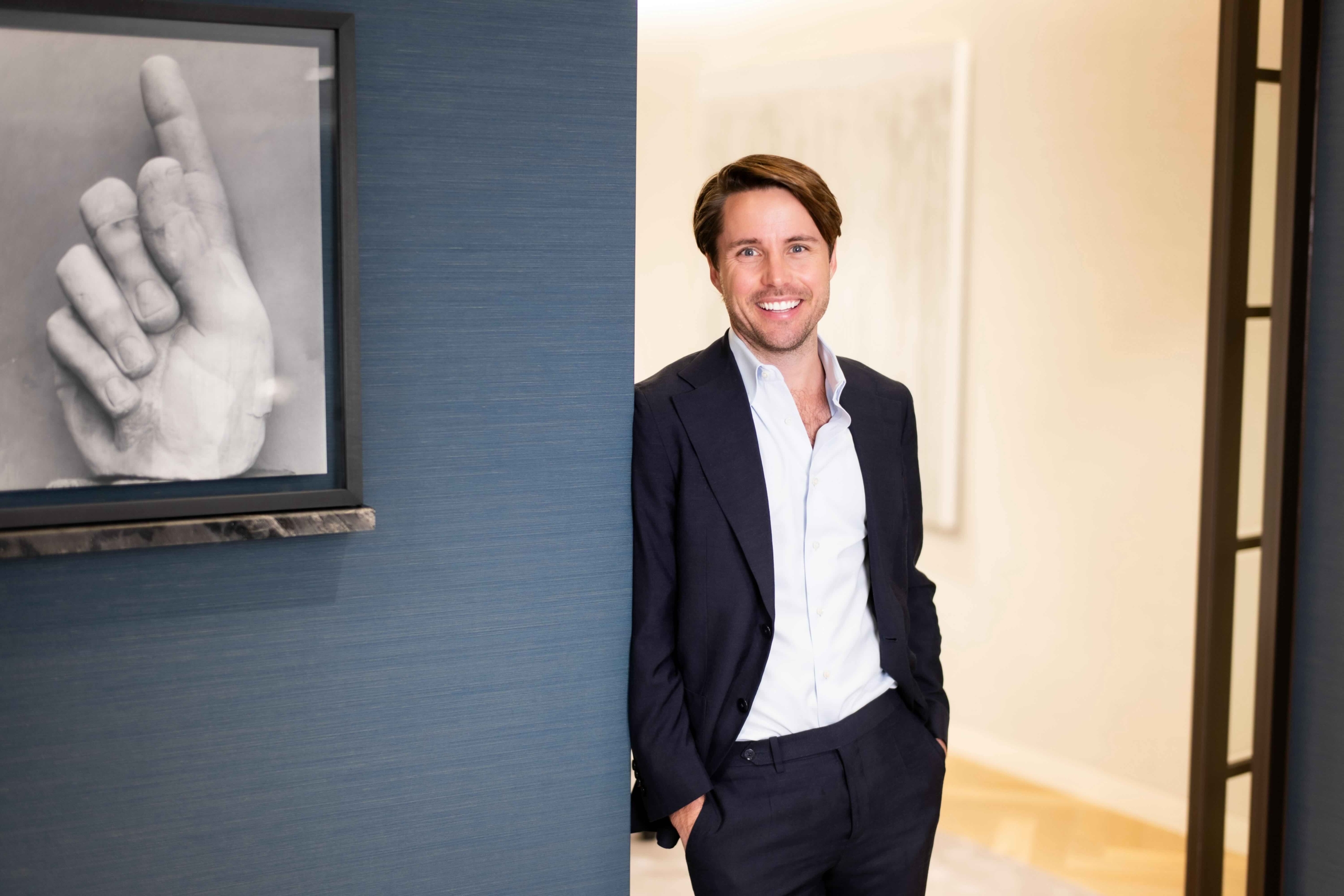
How did you help accelerate the brand’s growth?
Over the first 18 months of our investment, we more than doubled the headcount and focused on DTC in the U.S. They were constantly getting inbounded and having discussions about different channels and geographies, but we wanted to distill what a value creation plan should look like, and it should do two to three things really well.
We brought on great advisors. We had Chris Elshaw join the board as chair. He used to be the chair of Paula’s Choice and had great success there. We had Chris Colfer who was at Richemont for many years and has a great understanding of product, internationalization and premiumization.
About a third of Medik8’s business is DTC and it has superior metrics to a lot of DTC brands. How did it accomplish that?
First and foremost, it’s great product. That drives repeat rates. And it’s being clear about the regime, what works and what doesn’t, and making it very shoppable online. We did a lot of work on the website around that with the regime builder and making it not daunting when you land on the website and try to navigate.
Also, a bit of SKU rationalization, making sure you’ve got a crisp story for each consumer that lands on the website. And fantastic storytelling and content creation. More than just selling product, it was selling the whole story around the brand.
What was the journey like for a consumer coming to the site?
The thing that Medik8 has done very well—and this was Elliot and Dan from the beginning—is its CSA [vitamin C, sunscreen and vitamin A] proposition. So, it was about being able to tell that online, getting people to find and buy the right product for them in each of those sub-verticals. Also, the journey evolves as you move up the strength ladder with your vitamin A and being able to make sure that people are buying the right product the first time. A challenge is that people don’t know what strength to buy and how to use the product.
CSA is less than 50% of the business. It’s CSA and then bringing in incremental products that are additive and you can provide a proper value proposition to the consumer for as opposed to just bringing things from a marketing perspective for six months because that’s the hot product and then they fall out. Medik8 was never about that.
When you invested in Medik8, it was during the pandemic, and people were loading up on skincare, but the environment was quite different when the brand sold to L’Oreal. Tell us about the timing of bringing it to market.
We’d been getting a lot of inbounds—strategics and private equity—and we sat down as a board and said, “There’s an interesting window where we’ve got great momentum in the business, there’s so much good product, we’ve got a brilliant team in place, and there’s probably not that much in the market.”
We didn’t have visibility on Rhode, I’ll be honest. The last 12 months had been a tough market for beauty without a lot of traffic in the market over that period of time. We’d naturally get interested parties, and we knew potentially the parties that would run hard at it. We thought it was a good window for them to do that.
We knew Medik8 was unique in terms of how it would be seen in the market and potentially from a valuation perspective because the financial metrics were phenomenal, the full vertical integration, the positioning and history of the business having been around for a long time. The team was fantastic, and there was a lot of white space.
The U.S. opportunity is still very big, and it’s growing well on Amazon and DTC, but there’s a lot of upside there, and it hadn’t done anything across Asia and other markets. For us, as investors, we were keen to stay involved and so was Elliot and the management team.
We didn’t foresee Trump and tariffs. Fortunately, we were nicely insulated as a business, but that put some dislocation through the market and definitely for some of the potential strategics. That was a dynamic that we probably underestimated, but those that we thought were going to run hard at it ran hard.
Do you think beauty brands should get on Amazon early in their life cycle?
You need to be on Amazon unless you’ve got a real reason not to. You’ve got to avoid the overreliance on Amazon as well. As an investor, that’s always a focus.
In beauty, particularly the last 18 months and particularly in the U.S., Amazon has done a very good job. As a beauty business, you want to be where your consumer shops and to make it as easy as possible for the consumer to access your product, and, as a result, you have to be on Amazon.
In beauty, it seems like everyone’s saying they’re “science-backed.” What does that mean to you?
As an investor, that’s a big area of diligence. If someone claims something and that’s point of differentiation, we will do all the work around that, particularly on product. You need to have people in the business that are scientists, and they need to have developed and own the IP and have a story around that.
If you’ve used contract manufacturers and it’s more marketing spin, that has way less credibility and longevity as a business. You will get found out. Consumers are smart these days. They do the research.
Dan and Elliot are both scientists. They first came up with the product in the back of their dad’s pharmacy and then built a vertically integrated business from there without taking any external funding. You’re not going to find that many of those businesses, but you can find those that have credible founder stories that are based in research, understanding the ingredients and doing the work from a scientific perspective. If they contract manufacture, that’s fine as long as they’ve got that genuine history based in science, then that’s interesting for us.
Where are you focusing on as you consider future beauty investments?
We are very focused on differentiation from a product perspective, so less of a brand and a marketing play. Certain subcategories within beauty are less likely for us like makeup. We spend more time in skin, the skinification of body care, potentially niche fragrances, also haircare.
What will continue to stand out is a proper brand and product story with great founder proposition and team, and when you do your due diligence, reputation and product loyalty. There are a large number of interesting European brands that have those characteristics that might need support scaling internationally and from a digital perspective.
What’s the challenge of the professional channel? Would you invest in a brand dedicated to the professional channel?
In haircare and skincare, it’s a huge channel. For us, having a focus on the professional channel is not a strict requirement, but, if done properly, then of course it’s a good route to market. The challenge with the professional channel is it requires frequent engagement and a different approach to marketing, product positioning and sales.
If you are going into that channel, you have to make sure at the outset you’re going to make it work, and you’re going to provide the infrastructure and investment to support that. That’s a big decision. It’s a lot harder than going to a couple of retailers and maybe Amazon. If you make it work, it not only is a great channel to have, but it brings additional credibility and a halo around the brand that permeates through to your other channels.
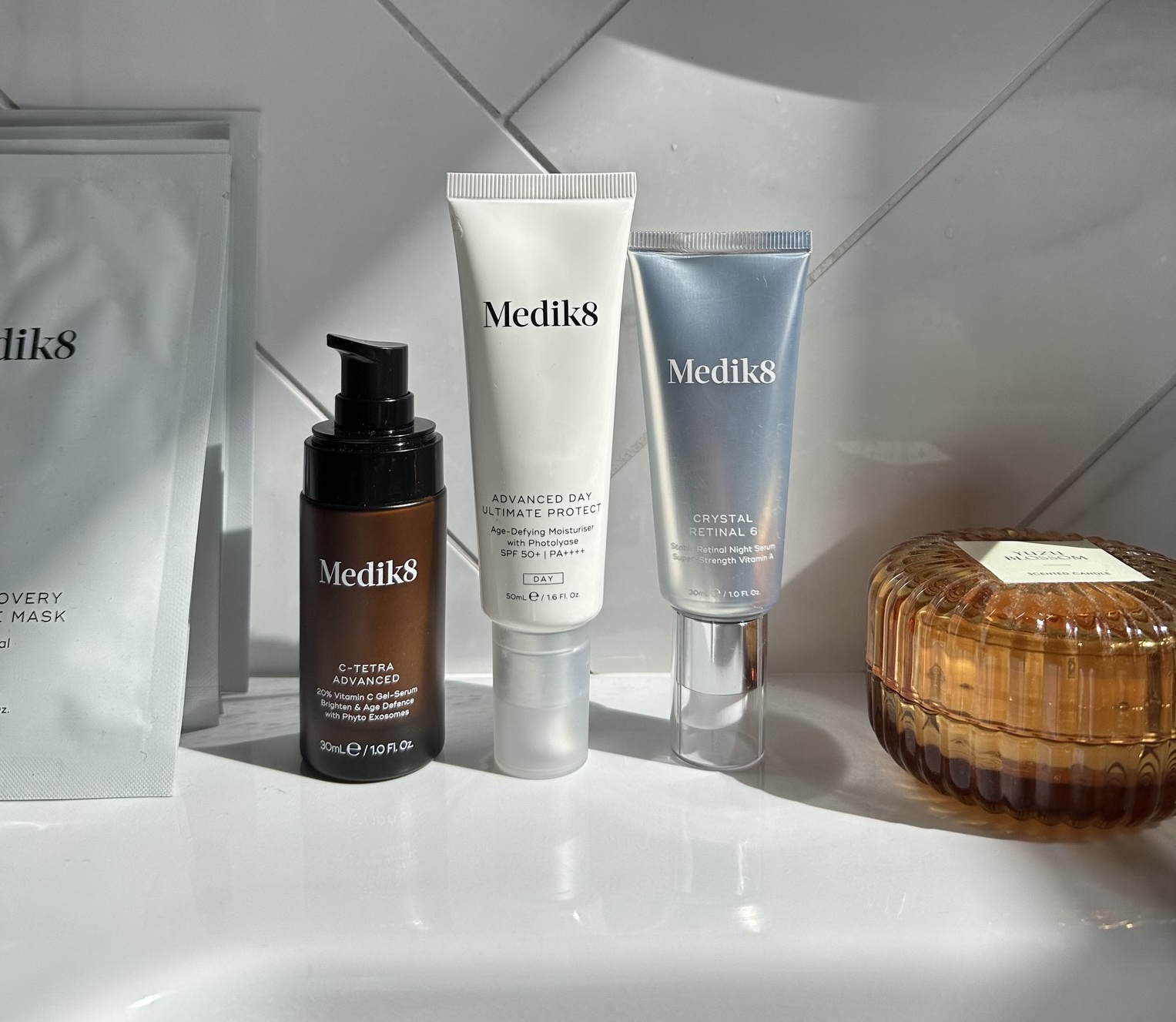
Assess the state of beauty M&A now.
From a strategic perspective, it’s a bit of the case of have and have-nots. There are some that have managed the last couple of years well and have done good deals. L’Oréal stands out.
There are some strategics that need to do deals because that’s how they transform their business and show to either the market or investors that they are on the front foot in terms of backing the right trends and being there where the consumer is moving. That is going to continue, and I would expect a number of the strategics to do that, particularly when it comes to digital-led businesses.
There’s lots of private equity money and VC money, and that will continue because it’s a great category, but it’s harder to find those opportunities that really work. In the earlier stage, there’s a lot of competition.
What about the IPO market as it relates to consumer?
It’s pretty dead in the U.K. There’s stuff going on in the U.S., which is good to see. I think it needs to bounce back, and from a consumer perspective, there should be some interesting businesses going to market on the public markets. Everyone needs to be careful around valuations because we saw businesses severely overvalued in the post-COVID period, and it completely crashed. We can’t let that happen again.
I can’t see anything in the U.K. happening in the next six months. Maybe second half of next year there could be an interesting window for IPOs.
Have valuations come down for the assets you see?
Founders are more realistic around valuations. That said, for really good businesses that are hotly contested, valuations are as high as they ever were, and there’s formidable prices being paid. Founders have also seen a number of businesses being backed at high valuations with partners that potentially didn’t add that much value.
If valuation expectations are high, we can meet those valuations for the best businesses, but there’s an appreciation that you could potentially go to another investor that might give you a higher upfront EV and maybe not add that much value. We are seeing those discussions take place where people are happy to not just take the highest valuation from anyone, but it has to be a fair valuation from the right partner.
What did you make of Ulta buying Space NK?
It was a really good move. Space NK is a well-run business, and Ulta has a great reputation, so it makes a lot of sense. I thought there was a deal to be done between the two companies. I think it’s great for both businesses. From a brand perspective, it opens up the U.K. market to brands in Ulta in the U.S. and vice versa.
At the start of our discussion, you mentioned sustainability as one of the attractive attributes of Medik8, which is a B Corp. How do you view sustainability in your investments?
It is a big focus for us, but it needs to be genuine and not just a marketing story. B Corp’s very important. When we invested in Medik8, it had a real focus on sustainability and giving back as well. For us, it’s almost a nonnegotiable.
It is a nonnegotiable because we want to be backing brands that have brand values and a heritage that’s genuine. I think, in this day and age, you have to be focused on ESG, and that’s not just, oh, we have some sustainable packaging and we may offset our carbon. It’s having that as a key value within the business and one of the things that people talk about on a regular basis.
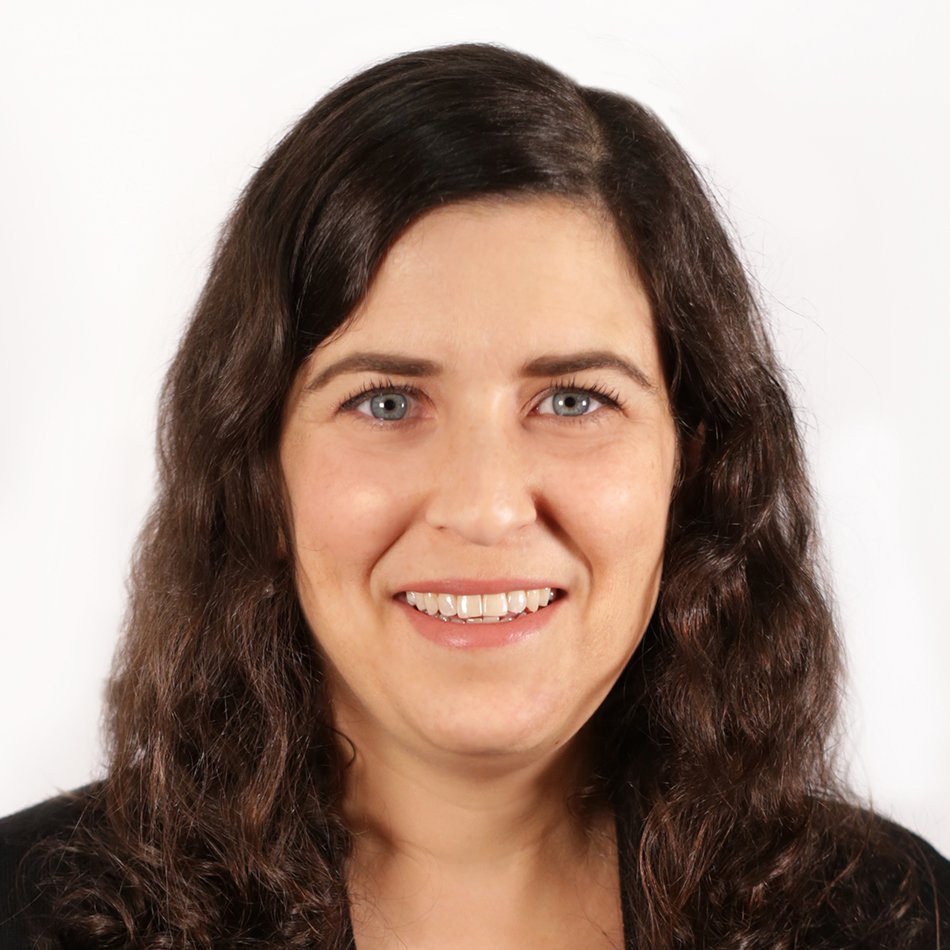
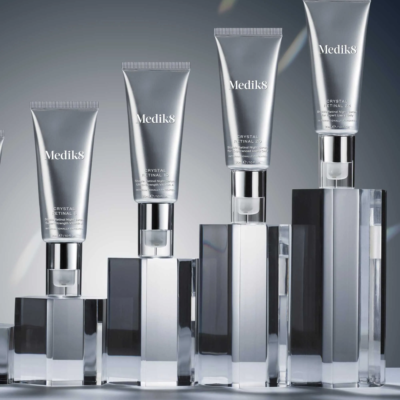
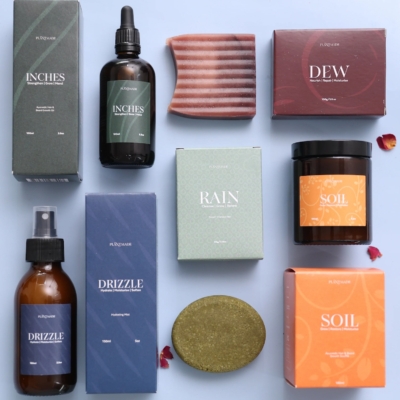
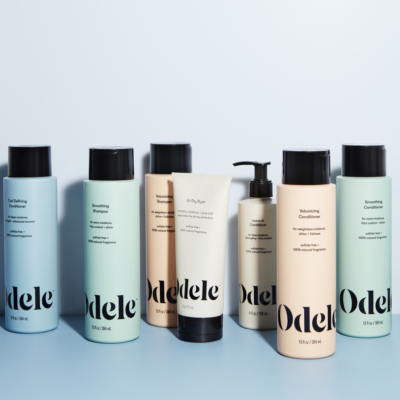
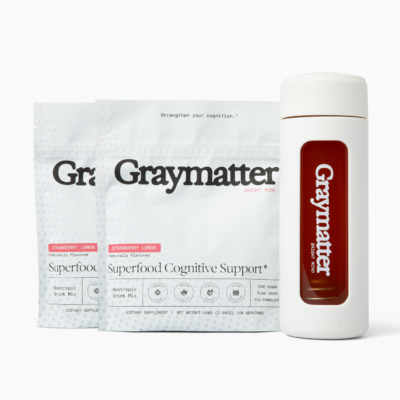
Leave a Reply
You must be logged in to post a comment.